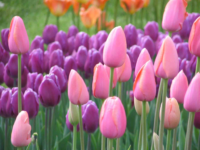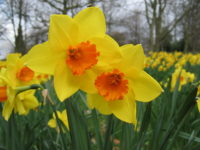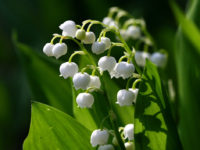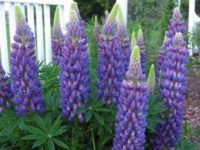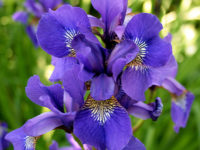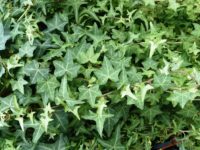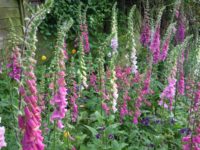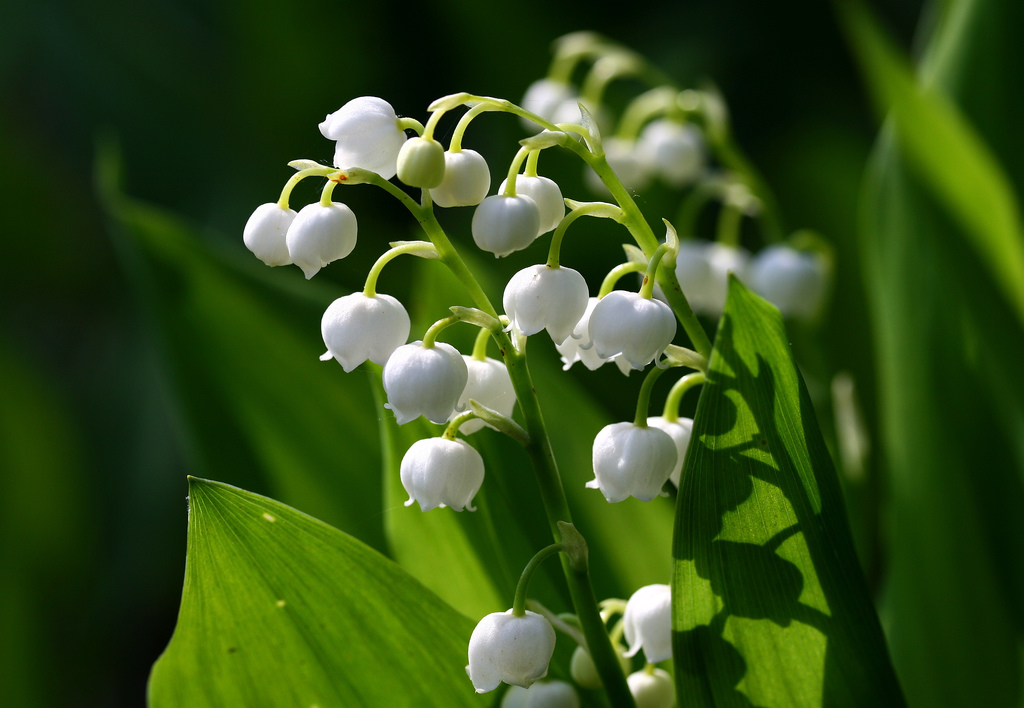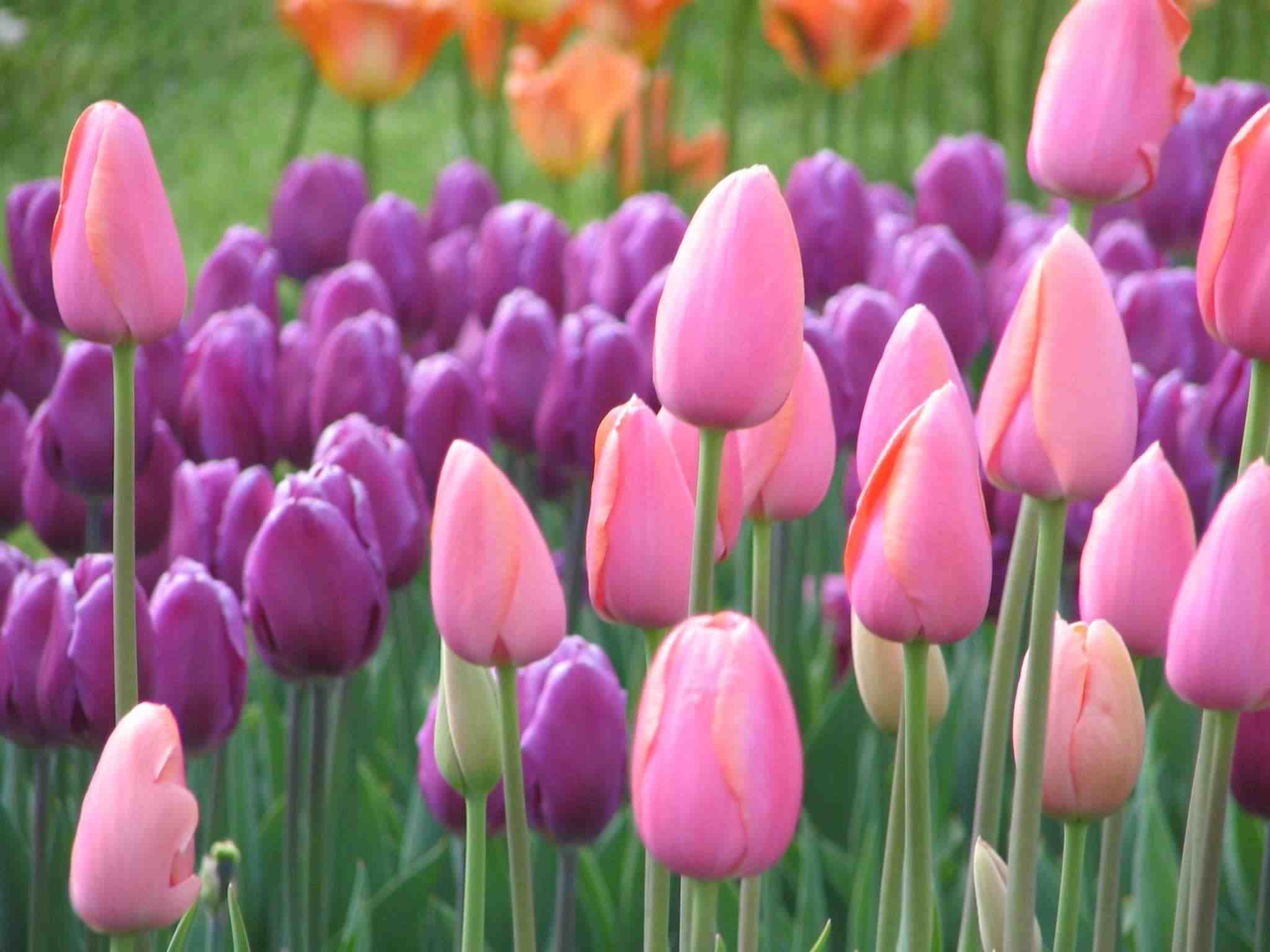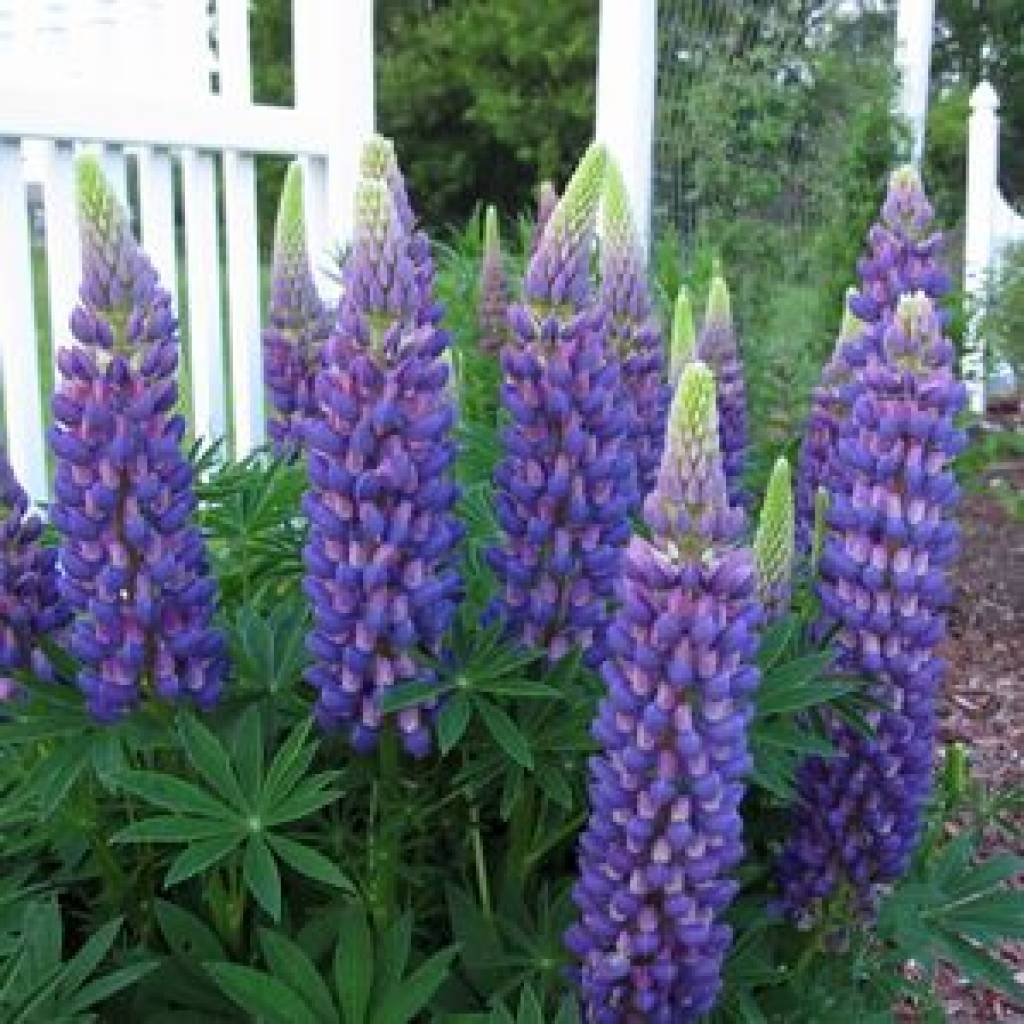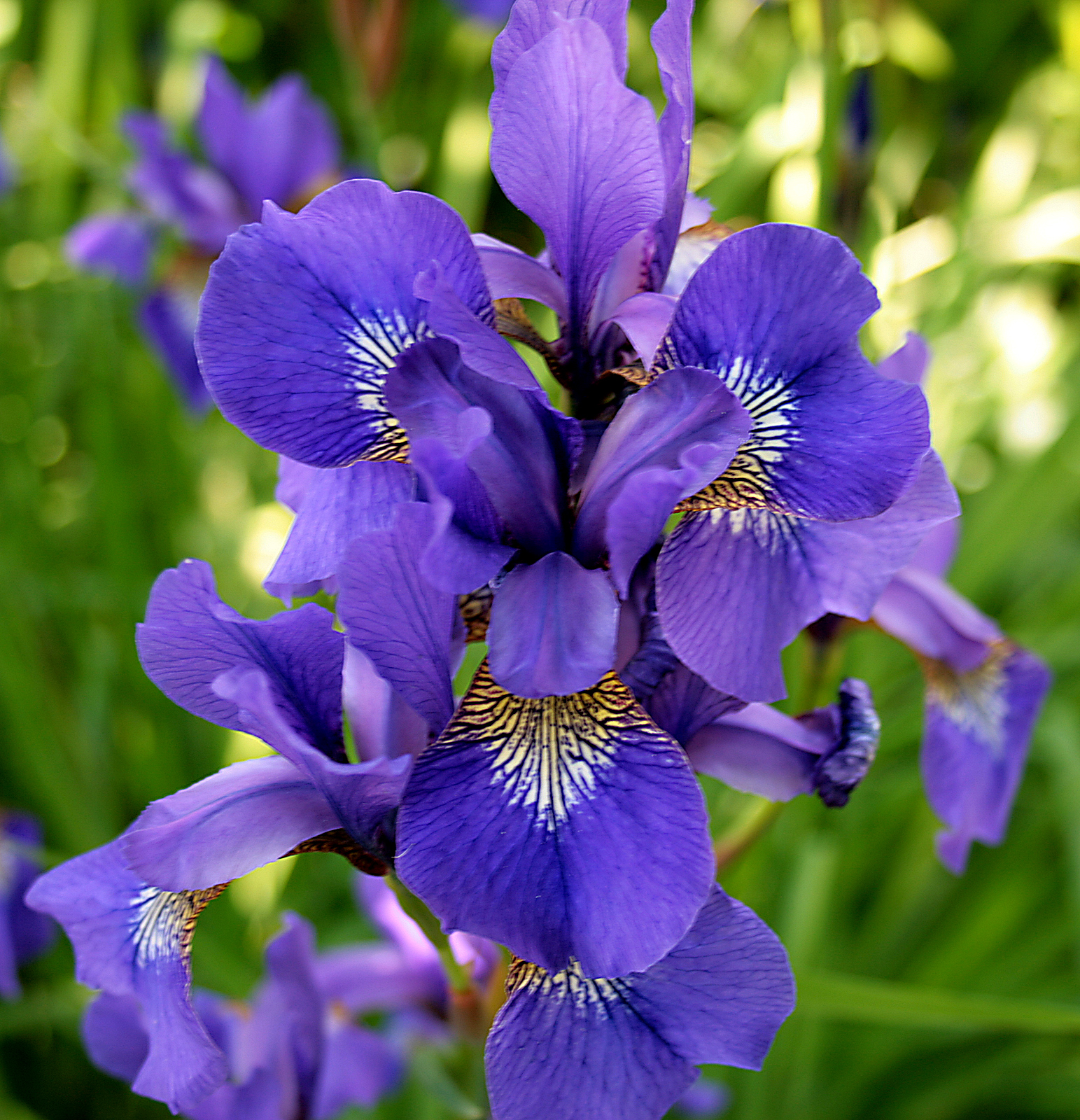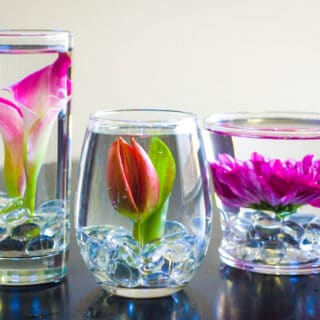The garden is the one place that many people escape to after a long day as the sun shines down. However, while it may be the perfect heaven it can also be the perfect spot to hide unsuspecting poisonous plants. We give the lowdown on what poisonous plants are out there and the affects they can cause if accidentally ingested.
1. Daffodil
This spring time flower can be found bursting through the ground in gardens once the weather starts getting warmer dazzling us with its bright yellow and white petals on long green stems. However, while this pretty flower may look unsuspecting it is actually poisonous.
Latin name: Narcissus
Poisonous parts: The whole plant of the daffodil is poisonous, especially the bulbs, so care should be taken particularly if you have animals such as dogs that enjoy digging the garden up. They contain two alkaloids, narcissine (lycorine) and galantamine in addition to the glycoside scillaine (scillitoxin).
Symptoms: If ingested they will mainly cause an upset stomach, nausea, diarrhoea, and vomiting. Symptoms usually start within 60 minutes and last around four hours.
For more information, check out Garden Guides.
2. English Ivy
This ornamental creeping vine can be found all over Europe, Canada, and the United States. However, while this pleasant looking plant may not seem to have any unsuspecting characteristics it is in fact poisonous. The poisonous parts can be found in the plant’s leaves and berries, although contact with any part of the plant will result in getting English Ivy poisoning, which can be ranged from moderate to severe.
Latin name: Hedera helix
Poisonous parts: All of it.
Symptoms: It contains saponins and the digestion of the plant can result in hydrolysis and the production of toxic substances. It causes extensive rashes on the skin. The ingestion has emetic and purgative effects and is reported to cause laboured breathing, convulsions, and coma.
For more information, check out The Poison Garden.
3. Lily of the Valley
This pretty flower is often found growing in gardens as it produces a stunning display of drooping flowers on tall slender green stems during spring time. Of course, as with many unsuspecting flowers it is poisonous and can cause problems if ingested.
Latin name: Convallaria majalis
Poisonous parts: The flowers, fruits, and leaves are poisonous.
Symptoms: Large amounts of this flower would need to be ingested to cause poisoning symptoms such as blurred vision, excessive urination at night, diarrhoea, loss of appetite, upset stomach, vomiting or nausea, and irregular or slow heartbeat.
For more information, check out Right Diagnosis.
4. Rhubard
Although the stalks of this plant are widely eaten as a dessert the plant leaves are poisonous if eaten raw.
Latin name: Rheum rhabarbarum
Poisonous parts: The leaves.
Symptoms: Rhubard contains oxalic acid in the form of oxalates, which is widely believed to be the poison and takes place when a large amount of the leaves have been eaten raw. Breathing difficulty, burning in the mouth and throat, eye pain, kidney stones, stomach pain, vomiting, red coloured urine, diarrhoea, and coma.
For more information, check out Livestrong.
5. Foxgloves
These delightful looking flowers may be attractive to look at, but they can also be lethal if eaten too.
Latin name: Digitalis
Poisonous parts: All of it.
Symptoms: The ingestion of leave can cause oral and abdominal pain, nausea, vomiting, and diarrhoea. In severe cases, symptoms can include visual and perceptual disturbances and heart and kidney problems. It also produces a slowing of the heart which, is maintained, usually produces a massive heart attack as the heart struggles to supply sufficient oxygen to the brain.
For more information, check out Kew.
6. Tulip
Despite its bright colours that are often found in the garden this pretty flower can also be toxic is eaten.
Lain name: Tulipa gesneriana
Poisonous parts: The bulbs.
Symptoms: If ingested dizziness, vomiting, diarrhoea, extreme abdominal pain and excessive salivation may be experienced. Tulip bulb dermatitis occurs when a gardener handles tulip bulbs while not wearing gloves. Severe skin blistering can occur to sensitive individuals. The sufferer often experiences extreme itching, hives, and swelling.
For more information, check out Eat the Weeds.
7. Lupin
These tall and striking flowers make a great addition to any garden helping to attract pollinating insects such as bees, but they can also be toxic to the unsuspecting gardener.
Latin name: Lupinus
Poisonous parts: All parts of the plant. Lupinine, an alkaloid, is the offending substance in the plant, and can be concentrated in the seeds, making them the most dangerous. The pods can also contain high levels of the toxin. Lupinine is also found in the leaves and fruit.
Symptoms: These included dilated unresponsive pupils, blurry vision, confusion, slowed thought, and disorientation, flushed face and/or fever, palpitations, a high heart rate and blood pressure, tremors, difficulty with or slurred speech, un-coordination, dizziness, burning dry mouth, and stomach pain.
For more information, check out Botanical.
8. Iris
The popular house plant is incredibly pretty, but it is often said that the most pretty flowers can be the most toxic and that’s certainly true in this case.
Latin name: Iris
Poisonous parts: All parts of the plant as it contains glycosides, which are toxic.
Symptoms: These include gastroenteritis, stomach pain, nausea, vomiting, diarrhea, muscle spasms, and even paralysis in severe cases.
For more information, check out Garden and Flowers.
